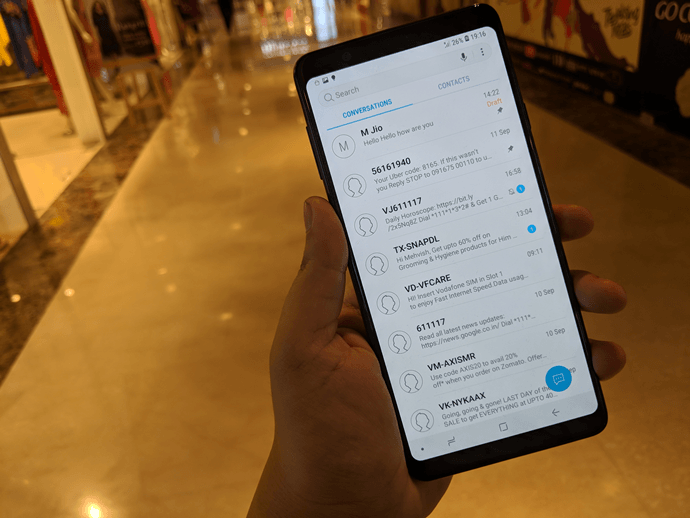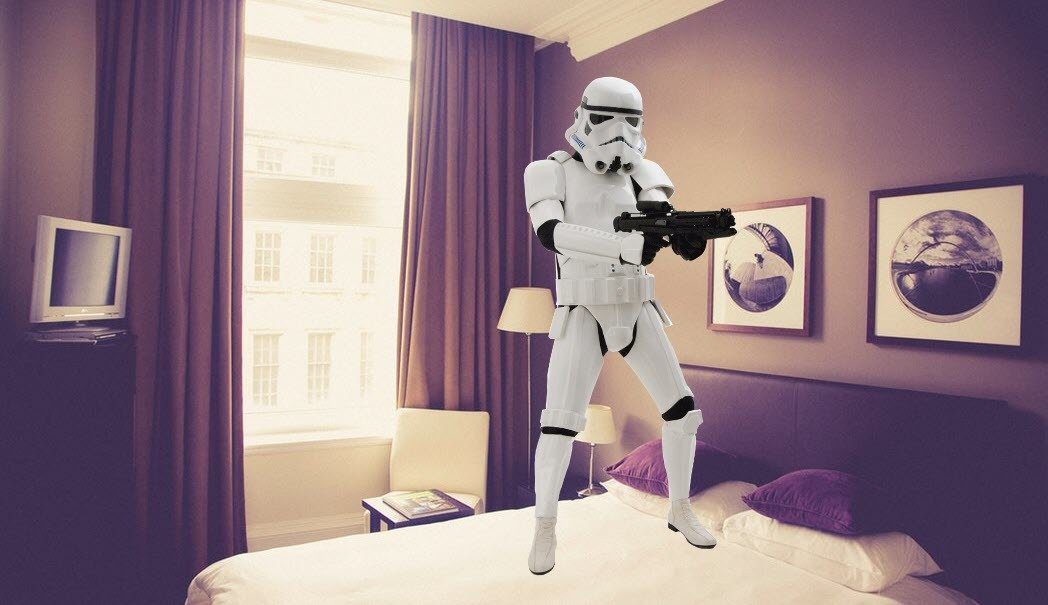Adding fuel to the fire, Magic Leap’s One AR headset is due to be released in 2018 and the device sure is promising.
What is Magic Leap One?
The Magic Leap One, developed by Magic Leap, is an AR headset coupled with a computing platform. It brings computing tasks to the physical world, where virtual objects blend into the built environment. Essentially, it allows us to carry out computing tasks in a more intuitive manner. This differs from the approach taken by Pokémon Go where your smartphone’s camera and screen are used to deliver the AR experience. The headset provides a more convincing AR experience. The Magic Leap One opens up new possibilities such as playing games that blend in with the real world. Increased productivity could also be realized since it allows the user to cast work-related projects into an area larger than a conventional computer monitor allows, much like how Tony Stark uses Jarvis’ AR interface in the Marvel movies. This means that you can interact with complex projects more intuitively and work more effectively.
How Does it Work?
A combination of a myriad of sensors and a hip-worn computer power the Magic Leap One. Several cameras capture the user’s environment, creating a digital recreation. This generates realistic interaction of digitally-created objects with the actual environment. The audio playback is also spatial in nature, allowing for the recognition of which direction sound is coming from and providing the impression of distance. Navigation is done using a combination of hand and eye gestures, voice prompts, and the detection of head position. Hand gestures rely on Magic Leap’s controller, which allows for six degrees of freedom, and gives haptic feedback. In this case, the degrees of freedom refer to how sensitive the controller is to movement in different directions. With six degrees of freedom, the motion is mapped in relation to six fixed points defined by the Magic Leap One’s software. Using the data collected by the sensors and the technology described above, the hip-worn computer, known as the Lightpack, stitches everything together. The end result is an interface, which allows us to carry out computing in a 3D environment. This is indeed a more natural way of doing things.
The Next Big Thing
The Magic Leap One is equipped to present a more intuitive and immersive computing experiences to its users. The AR headset is also smaller than its counterparts such as Microsoft’s HoloLens AR headset. This is facilitated by packaging the processing unit in the Lightpack computer. This means that it could potentially be a device that you carry around with you since its bulk isn’t really a limiting factor. The device is scheduled to be released in 2018 and there is no set date as of yet. However, we will keep our eyes peeled in hopes that it comes to fruition as planned.
While you wait with bated breath, take a look at the video above, which is made from the footage recorded directly from a Magic Leap One headset in 2016.
Final Thought
Let us know if you have any question or opinion about the Magic Leap One AR headset. We’d love to hear from you! The above article may contain affiliate links which help support Guiding Tech. However, it does not affect our editorial integrity. The content remains unbiased and authentic.









